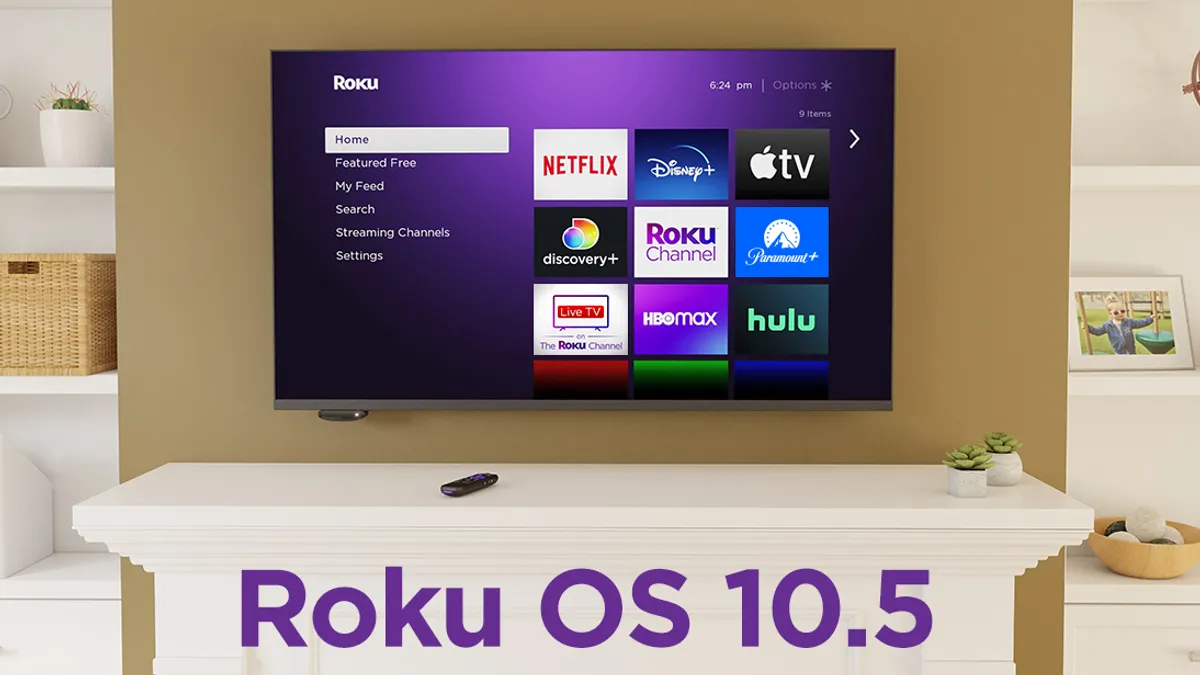Of the countless facts and figures that emerged from last week's NewFronts presentations, the growth of connected TV (CTV) was perhaps most striking. CTV ad spend increased 57% in 2021 to $15.2 billion, and is expected to grow an additional 39% in 2022 to $21.2 billion, more than doubling between 2020 and 2022, per IAB's "2021 Video Ad Spend and 2022 Outlook."
Streaming TV is growing into a dominant channel, but its landscape is in flux. Netflix last month finally opened the door to advertising after it lost subscribers for the first time in over a decade and saw its stock plummet. Newer platforms with ad-supported tiers like HBO Max and Peacock continued to add subscribers, while cable giants Comcast and Charter teamed up to offer their own streaming platform.
Amid the chaos, streaming platforms of all sizes used the NewFronts to make their pitches to advertisers, boasting improved capabilities around measurement and targeting at a time when those imperatives are becoming more difficult on other digital channels due to a tightening of the data privacy landscape.
A streaming leader
Leading the way at the NewFronts was Roku, the TV streaming platform with more than 61 million active accounts as of Q1 2022. Noting that TV streaming devices passed legacy pay-TV in weekly reach among adults ages 18-49, per Nielsen, Roku announced a variety of new offerings across The Roku Channel, its ad-supported video on demand (AVOD) platform, and Roku Brand Studio, which has partnered with Reese Witherspoon’s Hello Sunshine and Variety.
Chiefly, Roku also beefed up its OneView ad platform, allowing retailers to pair shoppable ads with Roku Pay in an effort to shrink the sales funnel and collaborating with Microsoft to offer insights into how TV advertising impacts online searches. The moves follow the launches of dynamic linear ads, a clean room solution and an expanded measurement partner program — technical improvements that come amid industry discussion about the best currency to measure and target audiences.
"Leading marketers are already buying TV as a performance channel, and they're using platforms like OneView that have all the intelligence, measurability and tools that digital marketers have had for decades, but they're applying those same techniques to the TV environment," Jordan Rost, Roku's head of ad marketing, told Marketing Dive.
A conglomerate makes moves
While platforms from NBCUniversal and the newly merged Warner Bros. Discovery have made the most noise, other media conglomerates have quietly established themselves in the streaming landscape, especially as consumers become weary of growing streaming bills and flock to free ad-supported streaming television (FAST) platforms.
Fox Entertainment has looked to make its FAST platform Tubi into a billion-dollar business, and now boasts 51 million active users that have watched 3.6 billion hours of content in 2021 — a 40% year-over-year increase. Along with expanding its content portfolio and maximizing synergy with the rest of the Fox portfolio, Tubi at the NewFronts announced improvements aimed at advertisers.
Days after expanding its relationship with Nielsen to improve measurement across its entire footprint, Tubi launched Campaign Insights analysis that brings together content groupings with rich audience information, allowing advertisers to better match audience and context. The tool helps deliver insights across the marketing funnel and complements its Certified Measurement Program, which features integrations with TVSquared, Foursquare and Kantar, and Advanced Frequency Management tool, which caps ad exposure to ensure a better consumer experience. The platform also boasts in-app placements, prime pod positioning and integrated marketing opportunities that have become table stakes for streaming TV platforms.
"Tubi’s approach of personalization allows for content for every community, and our record growth shows it’s working. We’re doubling down on this approach while delivering our brand partners transparency and an opportunity to reach incremental, diverse and highly engaged consumers," Mark Rotblat, Tubi's chief revenue officer, said in a statement.
A platform to watch
Even streaming platforms without the longevity of Roku or the deep-pocketed parent company of Tubi have something to offer advertisers, especially those looking to put their ads closer to the more contextually relevant content of niche services.
FuboTV, a sports-focused virtual multichannel video programming distributor (vMVPD) that markets itself as a cable TV replacement for cord-cutters, launched new custom targeting to help advertisers follow audiences. The platform uses first-party data to create custom audience segments that can be classified by sport and genre interest and then targeted and reached no matter the content they're viewing.
In addition, FuboTV can identify and reach purchase intenders using existing first-party addressable, contextual, behavioral and demographic targeting capabilities. The new targeting is in addition to the company's 2021 acquisition of AI platform Edisn.ai, which has improved its ad break detection and contextual advertising.
"One of the key differentiators of CTV is the ability to target and reach desired audiences with precision in a brand-safe, big-screen environment," Diana Horowitz, senior vice president of advertising sales at fuboTV, said in a statement. "FuboTV is equipped with more tools than ever before to help advertisers follow our audience across a wide range of premium content using our first-party addressable data."
Shortly after making its NewFronts presentation, FuboTV shared its Q1 2022 earnings report, notching 81% year-over-year growth in both ad revenue (to $22.8 million) and total paid subscribers (just north of 1 million). While its total quarterly revenue of $236.7 million is less than a third of Roku's $734 million in the same period, its growth — and new offerings — demonstrate that advertisers have plenty of places to look as they work to bring ad dollars spent on CTV (18%) in line with total time spent on CTV (36%), per the IAB report.























